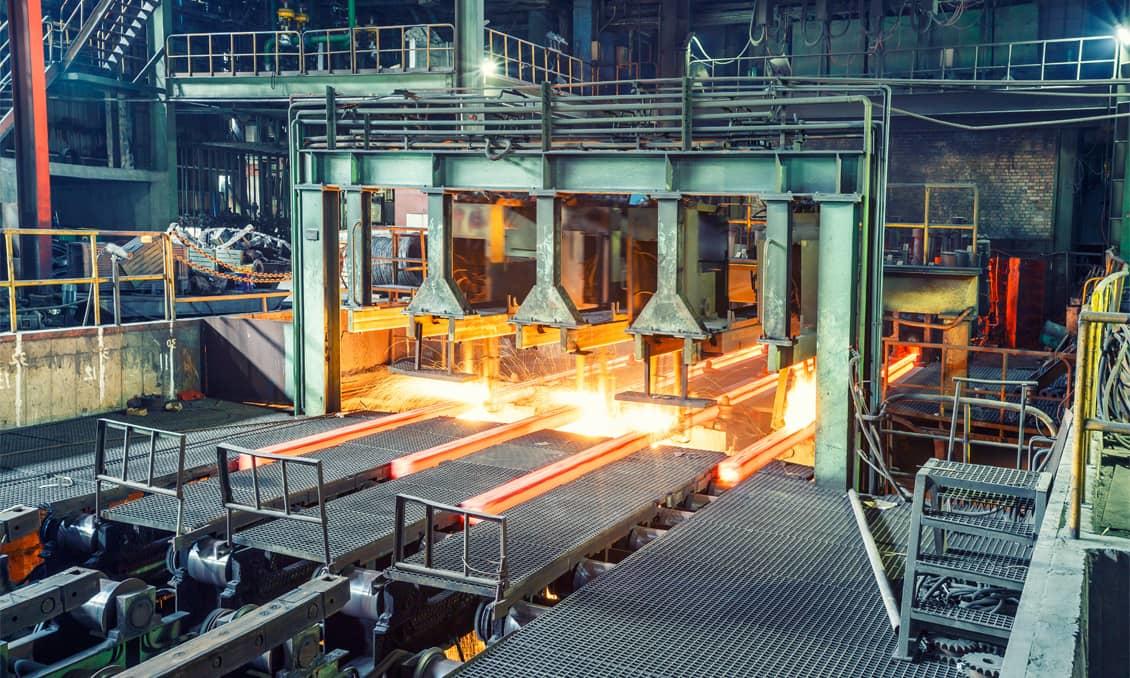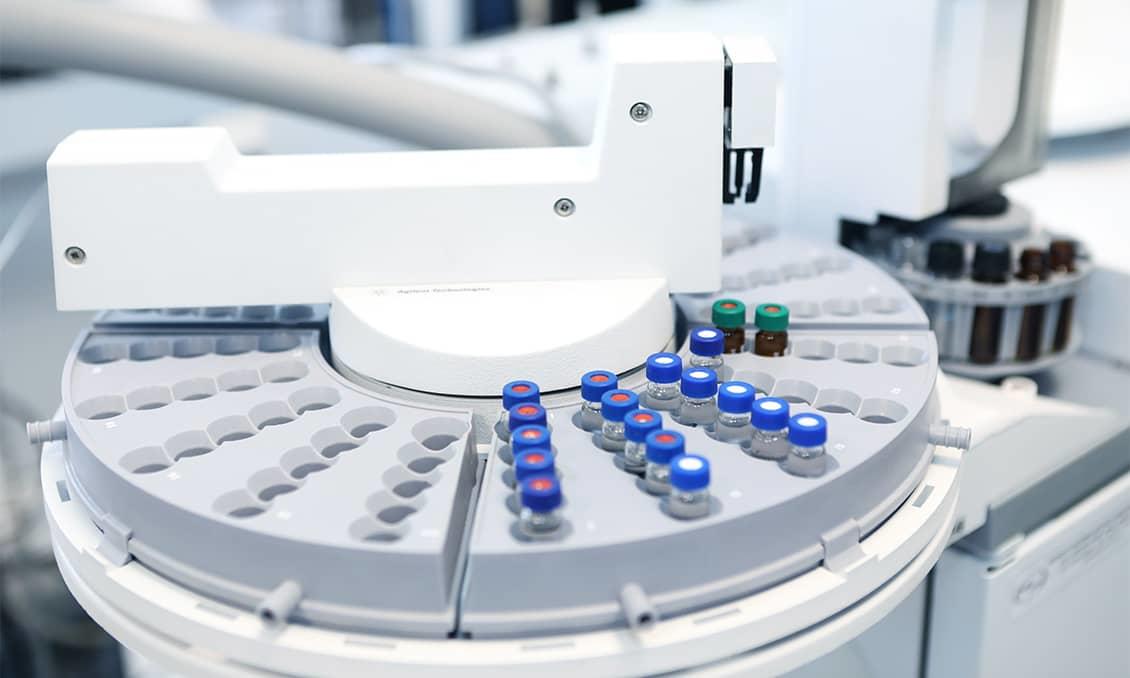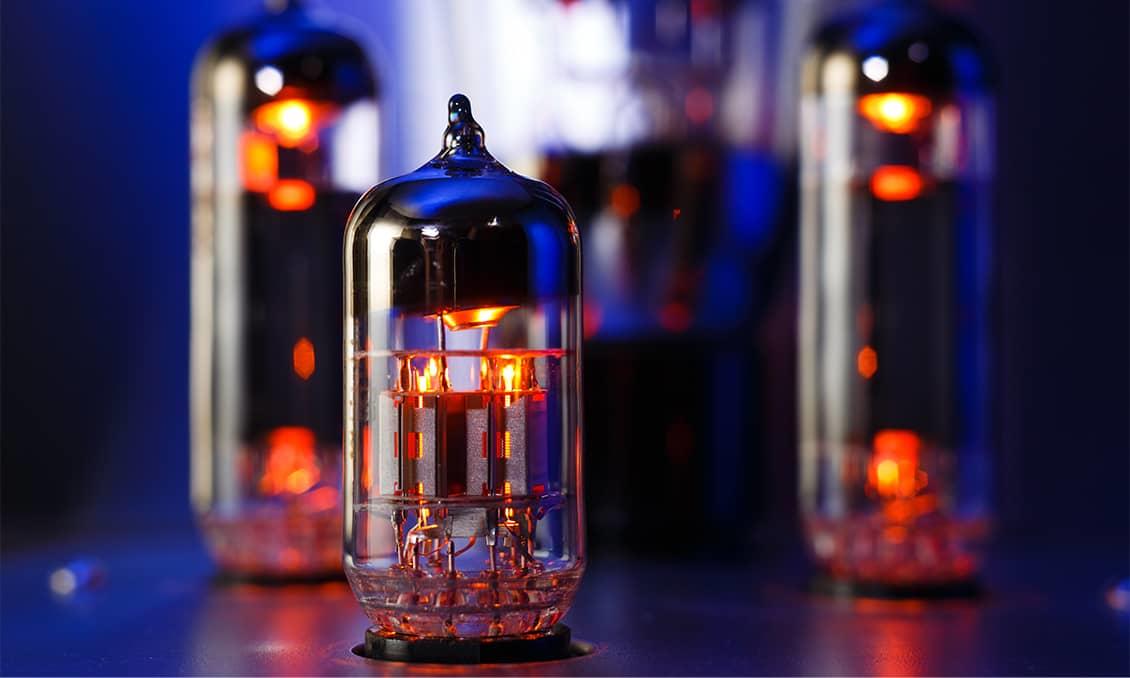
Ceramic Properties
Mechanical Properties
Hardness (Wear Resistance)
The hardness of Fine Ceramics is generally indicated using a Vickers hardness number. The method for measuring the hardness of Fine Ceramics is defined in JIS R 1610 (ISO 14705: 2000). Vickers hardness is a resistance value obtained by pressing a diamond indenter onto a test specimen. Extreme hardness is the primary feature that endows Fine Ceramics with their superior wear resistance. This has led to the use of Fine Ceramics in a wide range of applications, including pump components, cutting tools, seal rings, bearings and a multitude of wear-resistant components for industrial equipment.
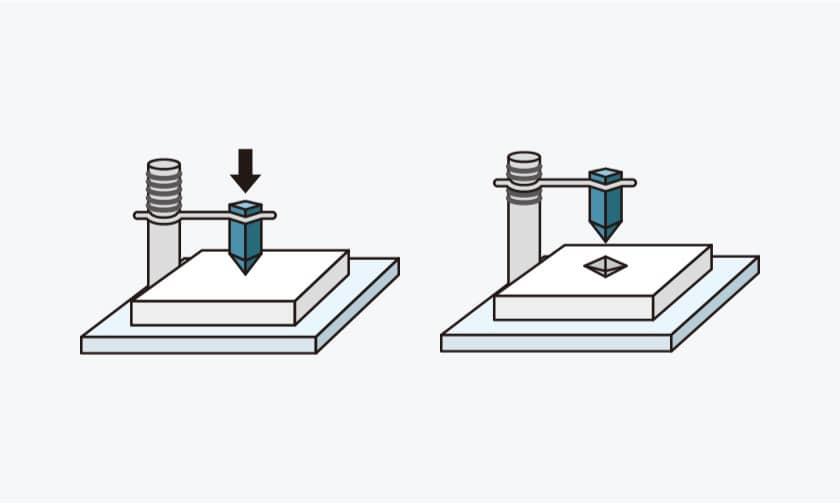
| Vickers Hardness HV9.807N GPa |
Material Name & Code | Features | |
|---|---|---|---|
|
High
Low
|
23.0 | Silicon CarbideSiC
SC1000
|
Lightweight, highly corrosion-resistant and excellent heat-resistant material. |
| 22.5
In the case of a-plane
|
SapphireAl2O3
SA100
|
It's a single crystal of alumina, a transparent material. | |
| 15.7 | CermetTiC,TiN
TC030O
|
It is a composite material of TiC or TiN and metal, and has excellent strength and wear resistance. | |
| 15.2 | AluminaAl2O3
AO479O(99%Alumina)
|
It is a widely used material with high electrical insulation and mechanical strength. | |
| 14.0 | Silicon NitrideSi3N4
SN240O
|
This material has excellent heat shock resistance and wear resistance, and has high strength even at high temperatures. | |
| 12.3 | ZirconiaZrO2
ZO201N
|
It is a material with high strength and fracture toughness. | |
| 10.4 | Aluminum NitrideAlN
AN216A
|
It's a material with high thermal conductivity and electrical insulation. | |
| 8.0 | Cordierite2MgO·2Al2O3·5SiO2
CO220O
|
This material has a very low coefficient of thermal expansion and has a small size change due to temperature change. | |
| 7.3 |
Forsterite2MgO·SiO2
F1120O
|
Smooth surface and excellent insulation at high temperature. | |
| 6.0 | YttriaY2O3
YO100A
|
This material has excellent corrosion resistance in a plasma environment. | |
Case studies utilizing this property
-

- Hardness
- High-Temperature Strength
A case of contributing to extending the life of the guide used in the hot-dip galvanization process of steel wire (500℃)Learn More -
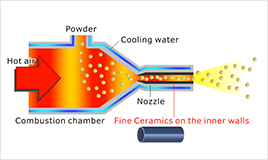
- Hardness
- Heat Shock Resistance
Dramatic increase in life expectancy of nozzles leads to reduced down time of equipmentLearn More -
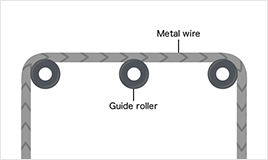
- Hardness
Improving the quality of metal wire, and achieving a lower frequency of replacing rollers.Learn More

